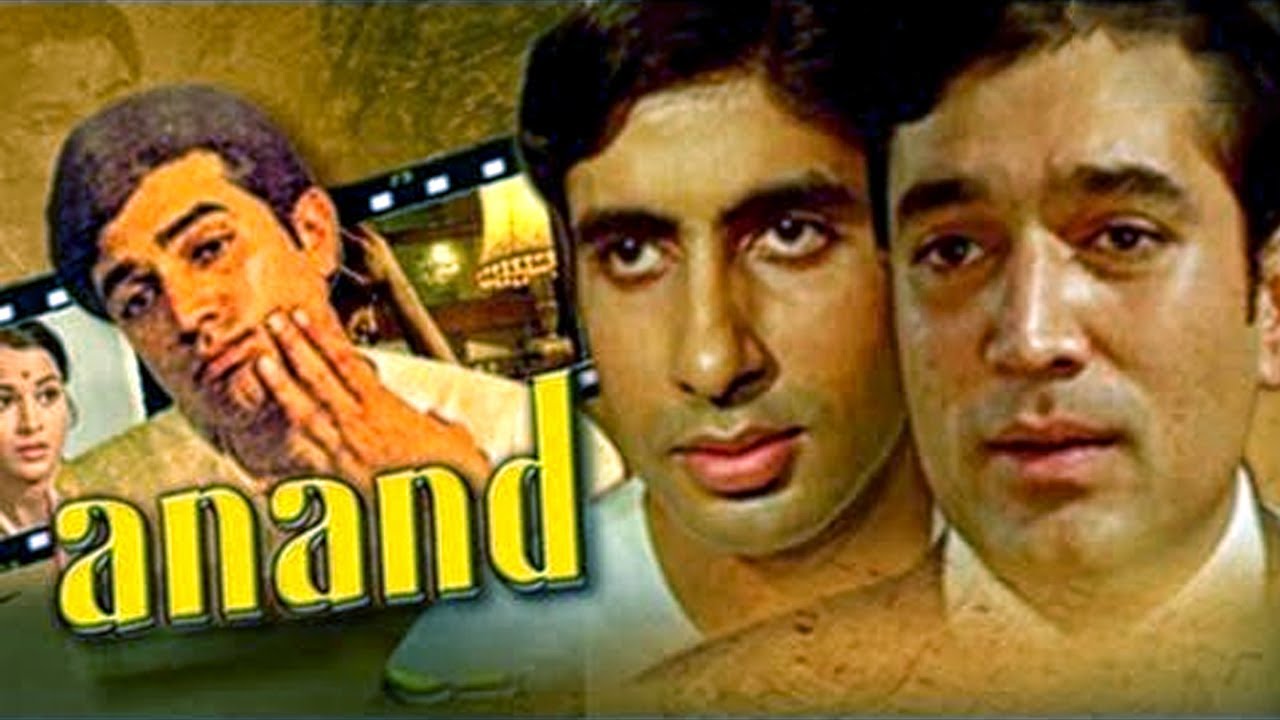Ms. En Scene – where Ranjani Krishnakumar concedes that cinema is life. Opinions expressed are those of the contributor, and not those of the company or its employees.
The first time this happened, I was just three years old. At the time, I didn’t know that it would become such a big deal. I was more concerned about the awful taste of baby food than I was about this — I don’t regret my decision, after all, we have our priorities.
But no more! Today, I stomp my feet, put my hands on my waist and stand protecting Soppana Sundari ma’am.
Dear filmmakers, leave her the hell alone.
Soppana Sundari ma’am first appeared on screen when I was three in Gangai Amaran’s Karagattakaaran (1989). In fact, she doesn’t actually appear; she is simply spoken about by two men. The only two things of worth they mention are that she is a ‘kavarchi nadigai’ — a euphemism in Tamil cinema for women leaning towards the whore end of the Madonna-Whore spectrum — and that she owns a car.
Today, she is like the Kalki bhagavaan of Tamil cinema. No one has ever met her, spoken to her or have had anything to do with her. There are grand legends about her and a perennially unanswered question, the origin of which is equally dubious. Periodically, someone or the other claims to be her but don’t really fool anyone.
Yet, she is among the most popular of Tamil cinema characters. The moment her name is mentioned, everyone acquainted with Tamil cinema will have an image of her, woven out of thin air. Or out of the prejudices and stereotypes we have about ‘kavarchi nadigais‘.
Let me start at the beginning.
In Karagattakaaran, Vidhvan Thangavelu mentions Soppana Sundari ma’am in passing as the kavarchi nadigai who previously owned the car that they now own. Naathas asks, ‘indha car-a vechirundha Soppana Sundari-a ippo yaar vechirukka?’ [who patronises the woman who used to own this car?]
The words, ‘kavarchi nadigai’, used to describe Soppana Sundari ma’am are fundamental to the setup of the joke that follows. Naathas’ wordplay around ‘keeping the car’ and ‘keeping the actress’ may add to the poetry of the joke, but the joke itself is funny only because of the setup, which establishes her as a kavarchi nadigai. Now, imagine the same sequence with ‘gunachitra nadigai Manorama’. No joke there, yes?
So, without knowing the first thing about Soppana Sundari ma’am, Naathas, and everyone in the audience, spontaneously assume that if she is a kavarchi nadigai, she must be someone’s concubine. No one corrects him. Thangavelu protests strongly — which is the joke — but his objection is simply that ‘he’, a vidhvan, shouldn’t be asked a question so beneath him.
Well, of course, I’m not conducting a feminist analysis of a film nearly as old as me — don’t scream presentism yet. I’m only setting context for what’s to follow.
This scene in any film today would have caused much outrage. But when I recently watched the film, I found myself thinking the original was more progressive than its modern re-interpretations. In the least, Thangavelu is protesting the pointlessness of such talk, I caught myself thinking. Because since then, the talk about Soppana Sundari ma’am has only gotten worse.
In the post-modern, pastiche-loving lazy filmmaking era, men who grew up in the 70s-80s, watching films of the time, take inspiration and want to pay tribute to them. A handful of things came to represent 70s-80s nostalgia — Ilaiyaraaja music, Rajnikanth as an ‘actor’, T Rajendar as a ‘speaker’ and our very own Soppana Sundari ma’am.
Ilaiyaraaja gets hailed across the spectrum. From Ranjith to Karthik Subbaraj, Rajini is God. While I still can’t fathom if what we see for T Rajendar is admiration or mockery or some sort of ironic love, look what Soppana Sundari ma’am got!
In Veera Sivaji (2016), Soppana Sundari ma’am is given life. In a large courtyard, lit by chandeliers and innumerable lamps, several men and women prance around the woman who sings, “Soppana Sundari naan thaane!” [I am Soppana Sundari]. If you look at it closely, the song is more a pastiche of “oh rasikkum seemaane” from Parasakthi (1952) than a tribute to Soppana Sundari at all. Perhaps, she is not the Soppana Sundari, just a dream girl.
Then, of course there is Venkat Prabhu popularising/modernising his family creations (as if that were necessary). In Chennai 600028 II, there is a song called, “Soppana Sundari unna yaaru vechirukka?” The utter audacity and indignity of that question should have stopped anyone from asking it, but no, it is the pallavi of the song repeated copiously, performed with a signature dance step. In fact, eight actors and a dance master pretend to dance, making lewd comments and gross faces at her.
Bizarrely then, the song seems to insinuate that the Mysore Nizam and several ministers patronised Soppana Sundari ma’am — well, scroll up a little to notice that in the original, Thangavelu is talking about the car being owned by Hyderabad Nizam and one minister. This is how history gets told, my friends!
After spending several years harassing poor Soppana Sundari ma’am and not finding answers, these fellows took to making up stories about her. In Jil Jung Juk (2016), Jaguar Jagan (Juk) claims that it was his father who patronised Soppana Sundari ma’am. In the story he tells, his father found Soppana Sundari ma’am tied up in the trunk of her own car abandoned in the middle of a desert. Of all things Soppana Sundari ma’am could have been, the rumour they started was this!
Why am I raging about an old story, you ask? Because this week, I watched Vishal’s Pattathu Yaanai (2013) as a warm up to Ayogya, which I gather is about protecting women’s honour or some such. In the hero introduction song, “Thattungada Melattha“, Soppana Sundari ma’am and her car make an appearance. She sings four lines, one of which is in auto-tune. She is rudely interrupted by one of the hero’s friends, who has the gall to say, “Ye, Soppana Sundari, unakku sariya paadavum varala, aadavum varala. Ippo thaan theriyudhu Minor unna edhukku vechirundhaaru-nu [Hey Soppana Sundari, you can neither sing nor dance. Now, we know why the Minor patronised you!] Which minor? What? When? Who says? How dare you!
Soppana Sundari ma’am has come a long way in Tamil cinema imagination. If she were a real person, and if due-process existed in this country, she’d have bought a mansion in the English countryside just with the damages she received from her defamation lawsuits. Alas, she’s still here being the butt of lazy jokes of incompetent filmmakers.
Recommended
I want to tell you about how Soppana Sundari ma’am earned a lot of money, quit the misogynist Tamil film industry, settled down in the mountains with her lovely dogs, taught at university, read numerous books, drank great tea, and laughed at your idiocy every single day. But then, I’d be making the same mistake you are.
The only right answer to ‘Soppana Sundari-ya yaar vechirukka’ is: It is none of your business.
*****
Unmistakable. Meticulous. Predominantly an essayist. Evolved from a marketer. Ranjani Krishnakumar eats Tamil films all day and fruits for breakfast. Roosts with pair in Chennai apartment. Usually found chasing Vitamin-D. Believes “Dei” or “Pch” is the answer to all questions.
Twitter: @_tharkuri
Featured in illustration: A picture by Maniam of Poonguzhali from ‘Ponniyin Selvan’



